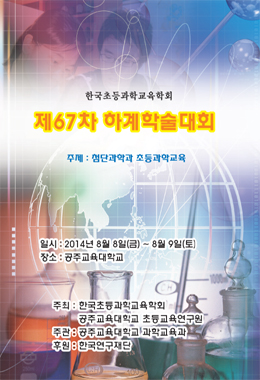Life science has unique characteristic distinct from other physical sciences. According to a brain-based science teaching and learning model, interest has importance as a starting point of doing and learning science. This study analyzed changes of elementary school students' interests through learning of the types of biology knowledge. Samples were composed of 2 classes of 39 third grade of G school in Seoul, Korea. 'World of Animal' unit was selected as an object of research. Comparison group was taught by traditional textbook-based and teachers' guidebook-based biology lesson that focused on 'What' type knowledge. And experimental group learned the same unit through reorganized lesson including both 'What (factual or phenomenal knowledge)' and 'Why (ultimate knowledge)' types of knowledge. Each group's teachers analyzed learning time of what-type and why-type. To gain quantitative data on students' interests about the applied unit-related interests, the contents of items of an existing assessment tool of science-related affective domain (Kim et al. 1998) were modified into appropriate to the applied unit, and then administered to both groups. To find out students' qualitative characteristics not apparently revealed by the test, descriptions accompanied with related items, teachers' daily records, portfolios, interview records were also analyzed. In addition, to find out follow-up interest differences between comparison and experimental groups, the students' follow-up interest test (Kim et al. 2013) was modified for the unit. The major results of this study are as follows. First, the interest scores of experimental group were significantly different from those of comparison one. In pre-test, there was no significant difference between the experimental and comparison groups [t(17, 20)=-0.01 (p>.05)]. However, for post-test, it was significantly different [t(17,20)=-1.99 (p< .05)]. The experimental groups' interests were 7.62 points higher than that of comparison one. Second, the test on interests has 5 sub-category; interests in science, interests in science learning, interests in science activity, interests in job related to science, and tension with science learning. The scores the experimental group in interests about science activity, interests for job related to science, and tension with science learning were significantly different from those of comparison group. Third, there was no significant difference with gender [t(11,8)=0.83 (p >.05)]. However, in pre-test, girls showed more interests in science but in post-test boys are 3.41 points higher than girls. Finally, scores of experimental group's follow-up interests was significantly different those of comparison one [x2=18.73, df=2, p<.05]. The experimental group was higher in the extended-developed-deepened type of follow-up interests, but lower in the stoped or decreased type.




